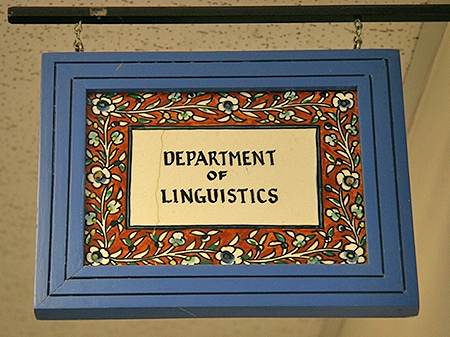
Linguistics ETDs
Publication Date
Fall 12-2020
Abstract
This work investigates the distribution of “wordhood issues,” in which a morpheme behaves like a word on one subset of wordhood parameters but like a bound item on another. The empirical focus is on the exponents of definiteness, case, indexation, and tense in 60 unrelated languages from five macro-areas. The methodological basis for the wordhood analyses is a set of eight parameters of phonological and morphological wordhood.
The main result is that grammatical markers (“grams”) retain the ability of morphological words to co-occur with members of different syntactic categories even after being integrated into larger phonological word domains. Meanwhile, grams that show the syntagmatic behavior of affixes but prosodic freedom on at least one parameter are less frequent and limited to contexts in which the relevant stem domain is highly morphologically complex. These data can largely be explained by the diachronic models formulated in Bybee (2001, 2015) and Croft (2000b).
Language
English
Keywords
Word, inflection, clitics, morphology, grammaticalization, synthesis
Document Type
Dissertation
Degree Name
Linguistics
Level of Degree
Doctoral
Department Name
Department of Linguistics
First Committee Member (Chair)
Caroline Smith
Second Committee Member
William Croft
Third Committee Member
Rosa Vallejos
Fourth Committee Member
Ian Maddieson
Fifth Committee Member
Nikolaus Himmelmann
Recommended Citation
Zingler, Tim. "Wordhood issues: Typology and grammaticalization." (2020). https://digitalrepository.unm.edu/ling_etds/71
